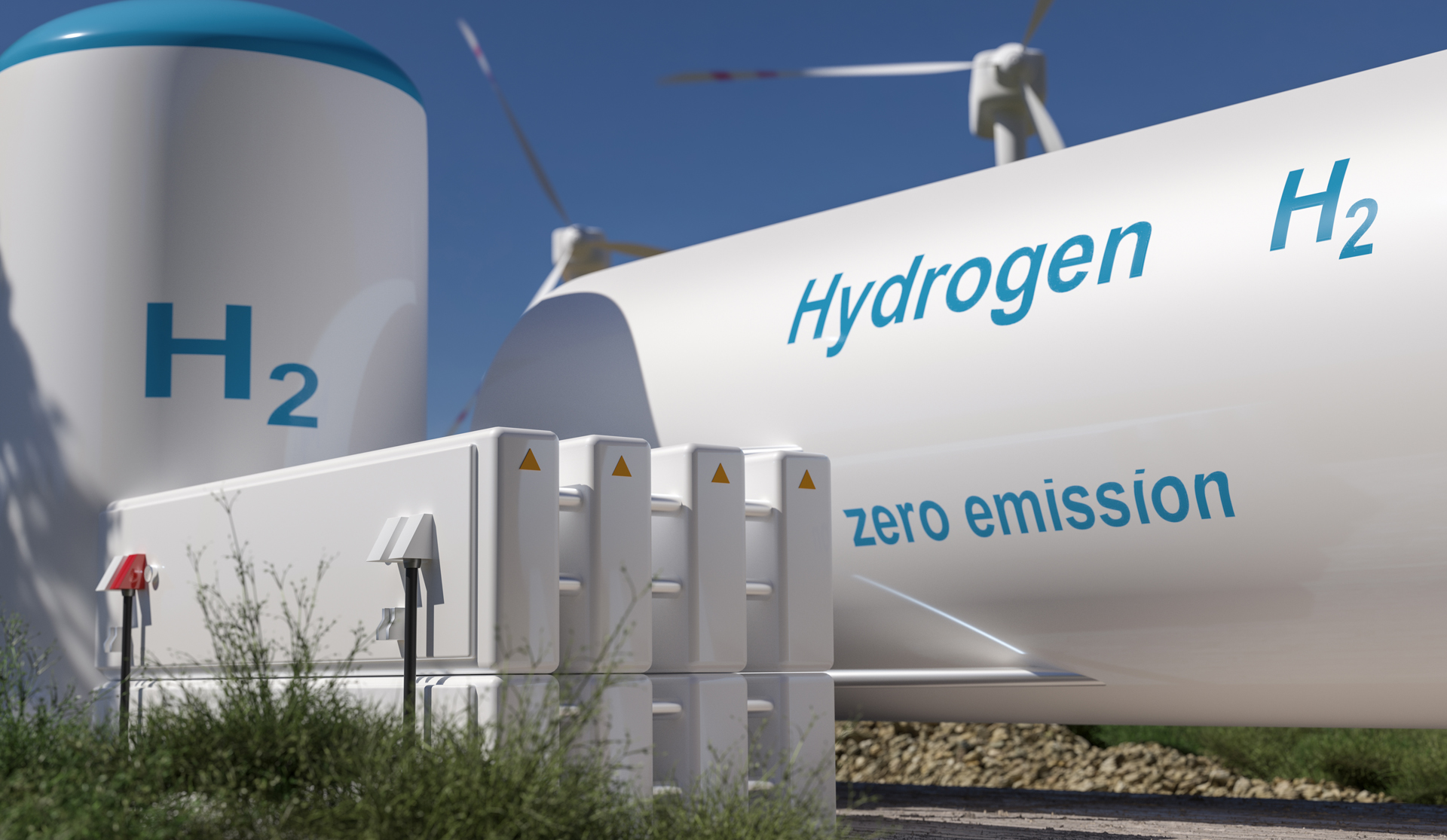With the projects "H2 Backbone WAG + Penta-West" and "H2 Backbone Murfeld", GCA has submitted concrete plans for the repurposing or new construction of one parallel line each of the West-Austria-Gasleitung (WAG) and the Penta-West until 2030, as well as the Süd-Ost-Leitung (SOL) until 2035. Both projects were submitted to the EU Commission as PCIs. The aim is to connect promising regions with great hydrogen production potential with regions of high demand. Thus, industrial clusters in Austria and Bavaria can be supplied via the planned corridors with hydrogen from potential sources such as North Africa, Ukraine, Romania and Croatia.
A survey among large-scale consumers, carried out by Austrian Gas Grid Management (AGGM) this spring, shows that Austria´s industry needs hydrogen. Domestic consumers reported that their future demand of hydrogen would rise up to approximately 12 terawatt hours (TWh) by 2030 and up to 47 TWh by 2040. This does not only apply to Austrian industrial areas such as Linz and Schwechat, but also to neighbouring regions such as the Bavarian chemical triangle and the Ingolstadt industrial cluster in Germany. Those areas also have an enormous demand and could be supplied with climate-neutral hydrogen via Austria in the future, which results in a great potential for industry decarbonisa-tion and thus saving CO2. ENTSOG (the Association of European Gas Transmission System Operators) together with other European organisations has recently published an interactive H2 Infrastructure Map Europe, which shows all hydrogen infrastructure projects in Europe. Austria's important role in the development of the European Hydrogen Backbone is clearly reflected in this map.
Diversification of sources increases Austria’s security of supply
The above-mentioned projects create cross-border transport capacity for hydrogen on the European energy market and therefore a significant hydrogen import opportunities for Austria from different sources. Substantial quantities of hydrogen can potentially be transported from North Africa via Italy and from Ukraine via Slovakia to consumers in Austria and the surrounding region. Hydrogen could also be imported from Croatia, after rebuilding the LNG terminal in Krk. This will ensure a diversified hydrogen supply from several sources right from the start. The possibility of connecting to storage facilities will further increase the security of supply.
Projects support Austria's and the EU's climate goals
The projects "H2 Backbone WAG + Penta-West" and "H2 Backbone Murfeld" contribute significantly to the achievement of both the EU climate targets and the Austrian climate and energy targets. The hydrogen corridors not only create transit capacities for green hydrogen, but also significant hydrogen import opportunities for Austria. The switch from fossil to renewable energy sources will thus be significantly supported and the Austrian industry sustainably decarbonised.
Background information
West-Austria Gasleitung (WAG)
The WAG has been operating since 1980 and is one of the most important long-distance gas pipelines in Austria. It runs for 245 kilometres from the Slovakian border in Baumgarten in the east to the border with Germany in Oberkappel in the west. The WAG consists of a continuous pipeline and an additional in large parts "looped" one. Both pipelines are operated bi-directionally.
Penta-West
The 95-kilometre-long Penta-West has been operating since 1999. It branches off from the WAG at Neustift/Oberkappel in Upper Austria and leads to the Austrian-German border point at Überackern. The line is also operated bi-directionally.
Süd-Ost Leitung (SOL)
The SOL pipeline system - branching off from the Trans-Austria Gas Pipeline (TAG) - runs from Weitendorf in Styria to Murfeld to the Austrian-Slovenian border. The SOL is 26 kilometres long and has been operating since 1978.

